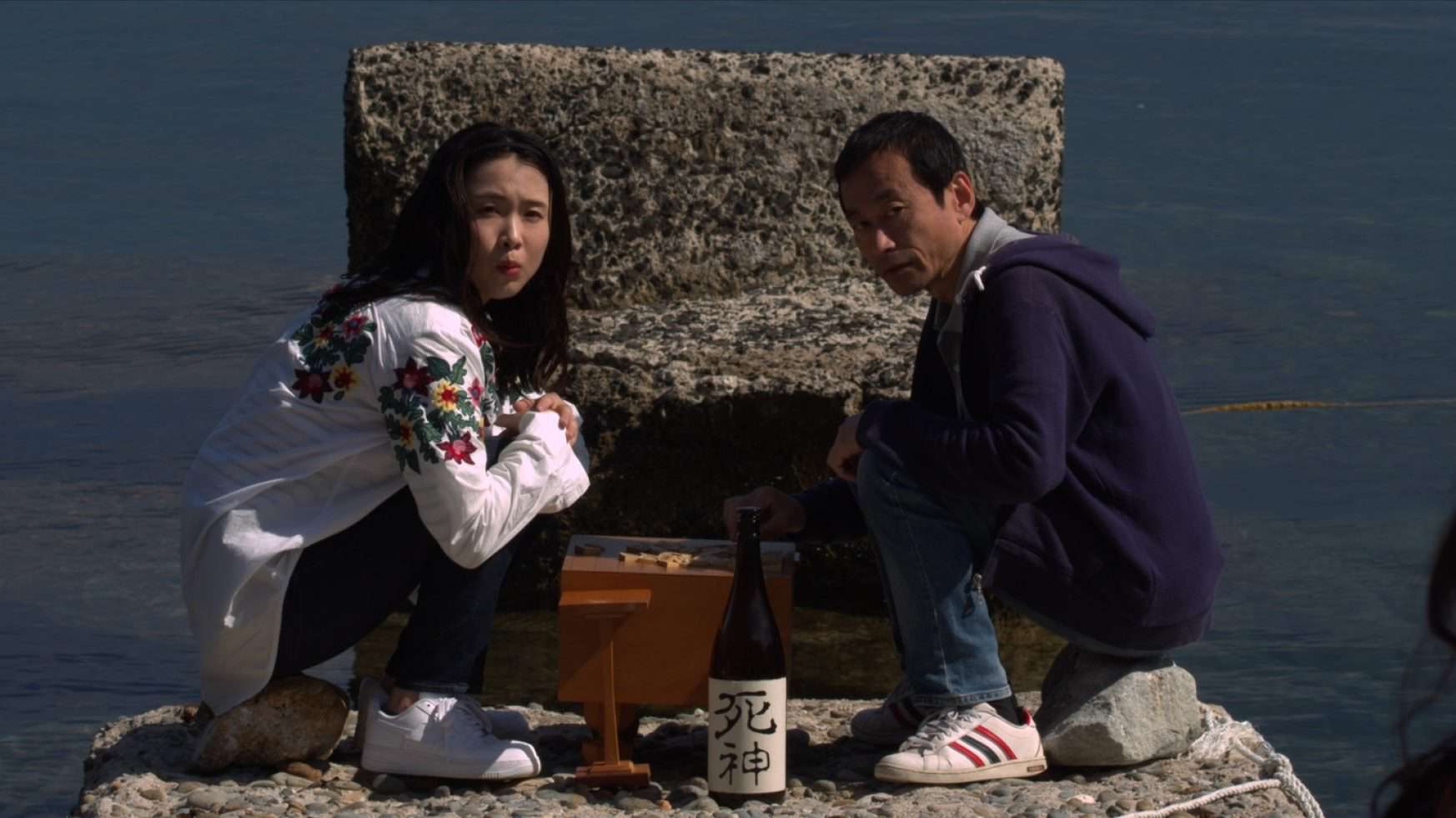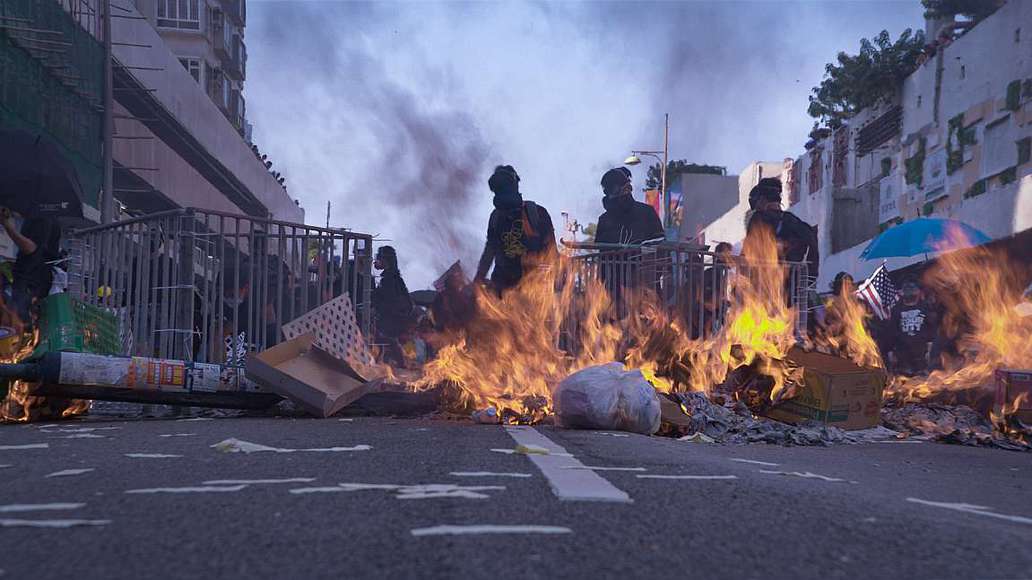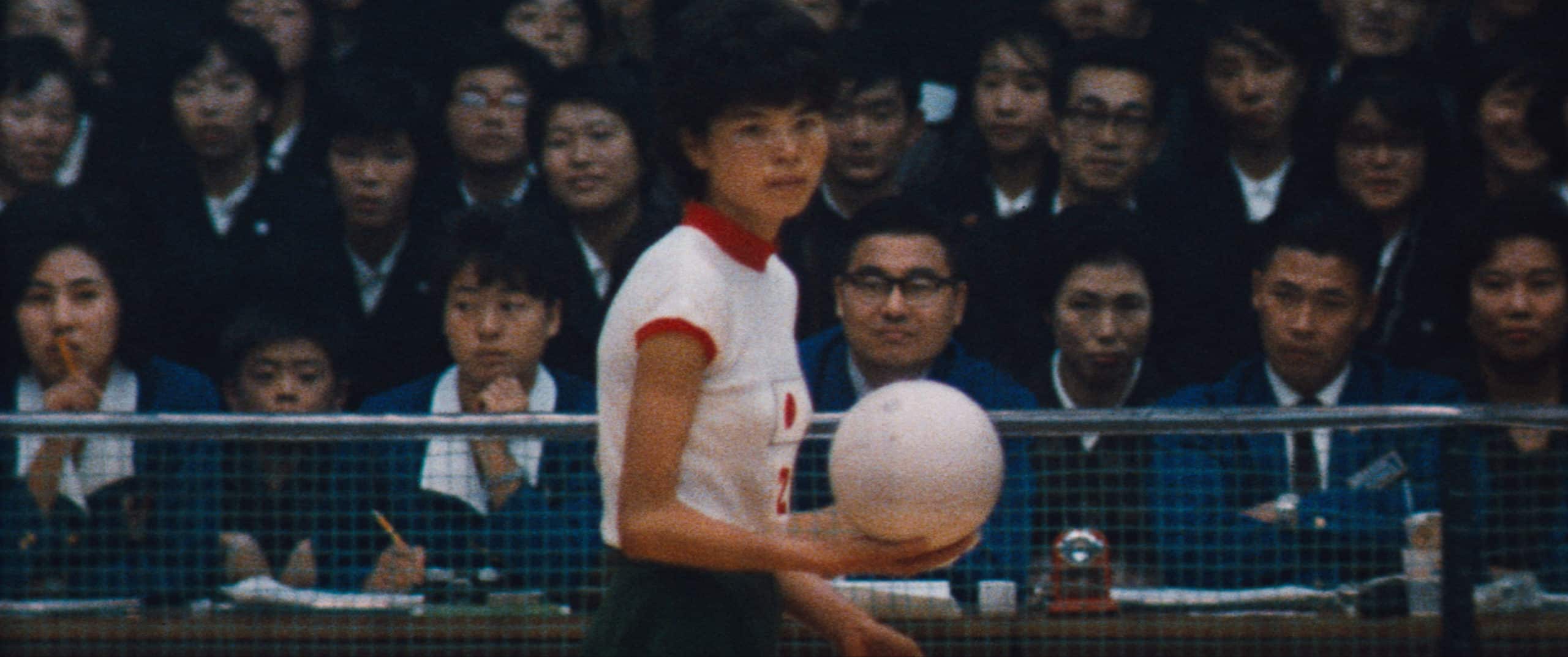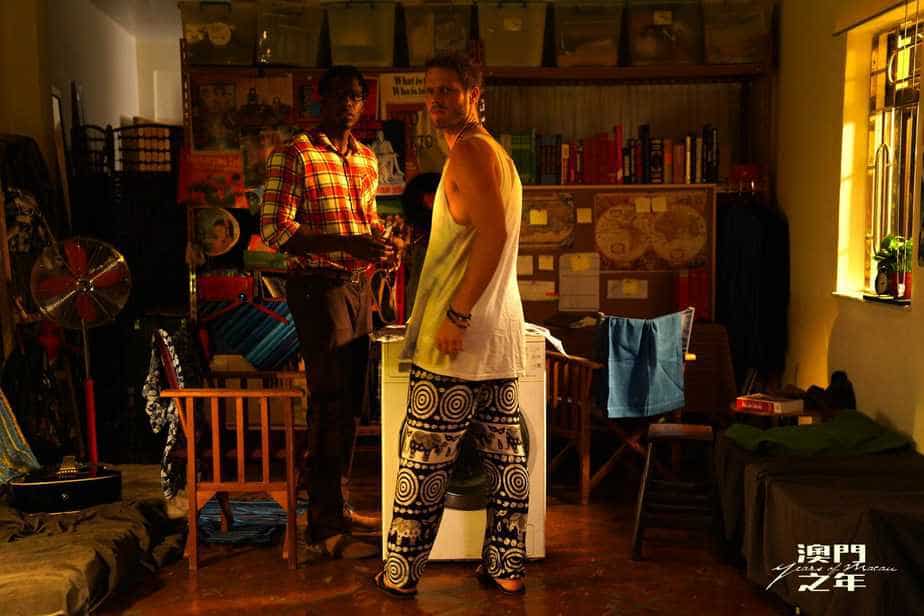By Daniel Eagan
Actors from Sammo Hung to Sylvia Chang have tackled the problems Asian immigrants face in the US and Canada. “Model,” aka “Anchor Baby,” takes a narrowly focused approach to the issue. In her debut feature, director Ran Jing shows how bias and bureaucracy can thwart even those positioned on professional fast tracks.
Lu Shi (Yuxian Shang), a Chinese immigrant in New York City, is at the end of her rope. Trained as an architect, she washes dishes in a restaurant to get by, living on leftovers and fending off eviction notices. When she finally lands an interview with the prestigious Greyson firm, she learns she needs a valid visa to accept the entry-level position.
“Are you an athlete?” asks the discount immigration attorney she consults for help. “Can you get married?” Lu's options are so limited that when she learns about a “medical parole” visa exception, she jumps at the chance. Even if it means dealing with her estranged father (Jingzhe Lin) for the first time in years. Lu quickly finds herself caring for her six-year-old half-brother Cody (Yanhui Wang), who needs a Hepatitis C treatment available only in the US. Cody complains about food, is obsessed with comic books, and resists his medical treatment. Lu, on the other hand, is consumed with work, competing against another intern on the design of an old-age home. She can barely take care of herself, let alone a young boy.
Ran depicts their clash of wills with humor and insight, avoiding sentimentality while eliciting strong, believable performances. Their struggles lead to tears and tantrums, some noticed by worried neighbors. Lu's unlikely bargaining chip turns out to be the make-believe skyscraper where Tony Stark has his Iron Man lab. The promise of a visit there helps keep Cody in line.
A misunderstanding brings Lu's father back from Beijing. The script, credited to Ran, Feifei Guo and Laurel Minter, gives the two chances to confront their disappointment with each other in scenes that seem heartfelt and authentic. Ran's touch is less confident in the film's English scenes, typically the Achilles' heel of Asian–American coproductions. When Lu defends her architectural designs at work, or argues with a co-worker's family, “Model” falters. This despite good work from Charles Justo as a cook and Amy Gordon as an architect.
Ran, who studied at New York University, has a good feel for the city, from the bustle of Manhattan's Union Square to Brooklyn's rundown rowhouses and lofts. She gives a clear-eyed account of the crushing demands placed on immigrants, and especially the misguided bureaucracy that entangles Lu and her family. What is most notable about her directing is its delicacy and balance. “Model” doesn't blame its characters for their faults. It tries to understand them instead.
Shang, who has had a recurring role in the “Detective Chinatown” series and small parts in films like “Kung Fu Yoga,” captures Lu's insecurity as well as her determination. She almost never smiles, hiding her feelings behind shaggy hair and shapeless clothing. But it is always apparent how deeply she cares, how hard she is trying.
Working with limited means, cinematographer Zach Kuperstein builds a good sense of atmosphere, especially after Lu is trapped inside welfare offices. This is the first feature credit for editor Bingjie Huang, who should have pushed for crisper pacing.
“Model” is a small, low-budget production with a familiar plot and not much star power. But it hits just hard enough to leave a mark.















